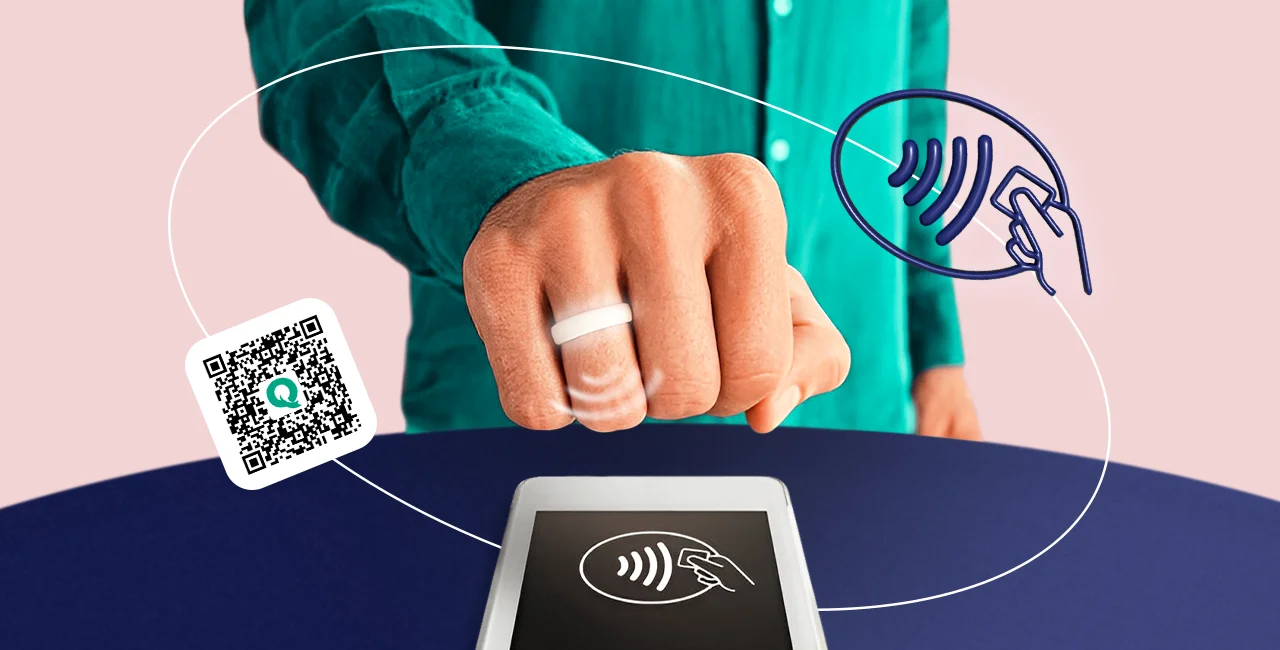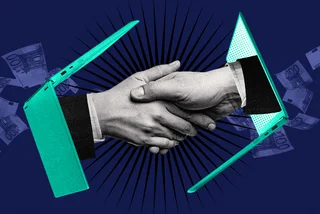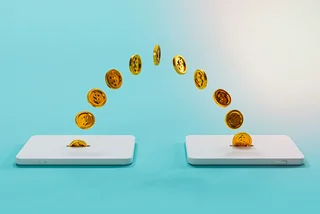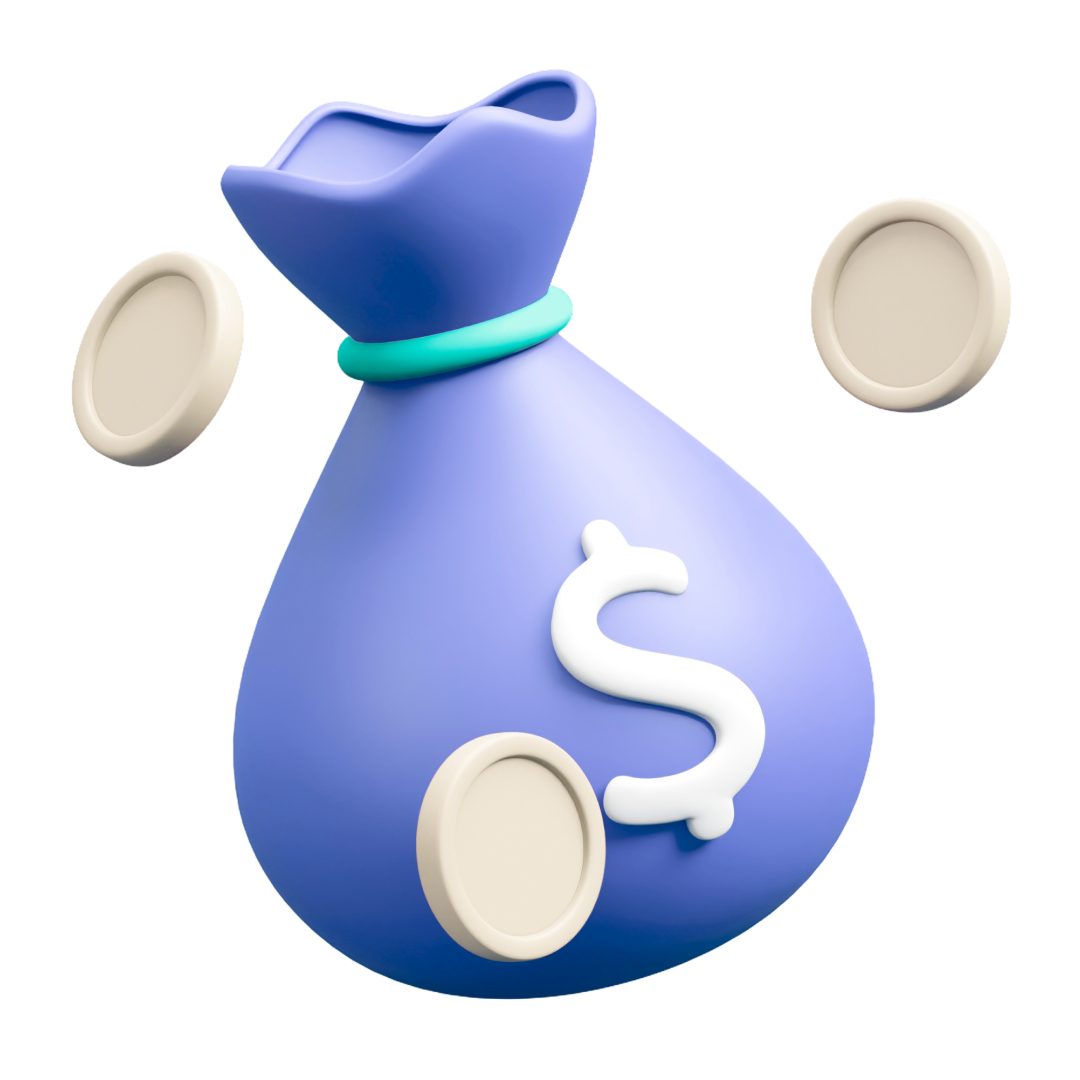As technology advances, so do the ways you can pay in Czechia. With cash usage declining nationwide, new payment methods—from wearable gadgets like rings and bracelets to specialized apps—are now available on the Czech market. Here’s a look at the latest developments in Czech banking and how you can use them to your advantage.
Paying with an accessory
Rings and bracelets are no longer just accessories—they can now make purchases with a simple wave of your hand.
In June, mBank became the first bank in Czechia to offer payment options through these wearable devices. Manufactured by Mastercard and Niceboy, the Niceboy One bracelet starts at CZK 1,799, while the ring costs CZK 1,999.
In October, Raiffeisenbank joined the trend, partnering with Niceboy and offering additional products, like Xiaomi’s Mi Band fitness bracelets. These devices are available at a discount through some of Raiffeisenbank’s partners. ČSOB plans to offer this service later this year, and Partners Bank will follow in early 2025.
Paying without a terminal
Apple’s recent expansion of Tap to Pay software makes it easier for Czech businesses to accept cashless payments without needing a payment terminal. With Tap to Pay, iPhone users can turn their device into a payment terminal compatible with all banks that offer Apple Pay. In Czechia, several payment services, such as Adyen, SumUp, Viva, Erste Bank, Global Payments, and Stripe, support Tap to Pay.
A Czech-made app, Cvak, was the first to allow merchants to process payments via phone. Customers can pay by tapping their bank cards or using Google Pay or Apple Pay on an NFC card provided by Cvak. No terminal is needed; banks like Airbank, MONETA, Mbank, and Fio Bank currently support Cvak.
Paying with wearable gadgets
Many major banks in Czechia support payments with wearable devices like watches and fitness trackers. Apple Watches are compatible with most cards linked to Apple Pay, while Android users can choose from a smaller selection of products like the Samsung Galaxy Watch Ultra (costing around CZK 4,790) or Huawei Watch GT (CZK 4,200).
Fitness trackers, such as those by Garmin and Fitbit, also work with most major Czech banks—Air Bank, Česká spořitelna, Fio Bank, Komerční Bank, MONETA, Raiffeisenbank—when linked to a payment card.
Paying via shopping apps and QR codes
QR code payments have become a common way to pay in Czechia. Apps like Qerko allow customers to pay at restaurants directly from their phones (and leave a tip, too). Recently, major retailers like Lidl and Kaufland introduced similar features, enabling customers to pay via mobile apps. By saving a Mastercard or Visa in the app, users can scan a QR code at checkout and pay instantly, often with discounts applied.
Some Czech gas stations, such as Orlen, also support QR code payments at the pump.
Paying with a phone number
Last year, six major banks—Air Bank, Česká spořitelna, ČSOB, Fio Banka, Komerční Banka, and Raiffeisenbank—launched a service called “payment to contact” (Platba na kontakt). Users register their phone numbers with their bank, linking them to their accounts. When money is sent, the system matches the number to the recipient’s account, eliminating the need for bank account details. Though only 10 percent of users have adopted this service, it’s an interesting alternative to traditional payments.
A report released this month by the Czech Index of Prosperity and Financial Health, co-authored by Česká spořitelna, shows that three-quarters of people in Czechia prefer contactless payments. As traditional payment methods decline, newer technologies are emerging. Now, it's up to you to choose which one to use.












 Reading time: 3 minutes
Reading time: 3 minutes 






















